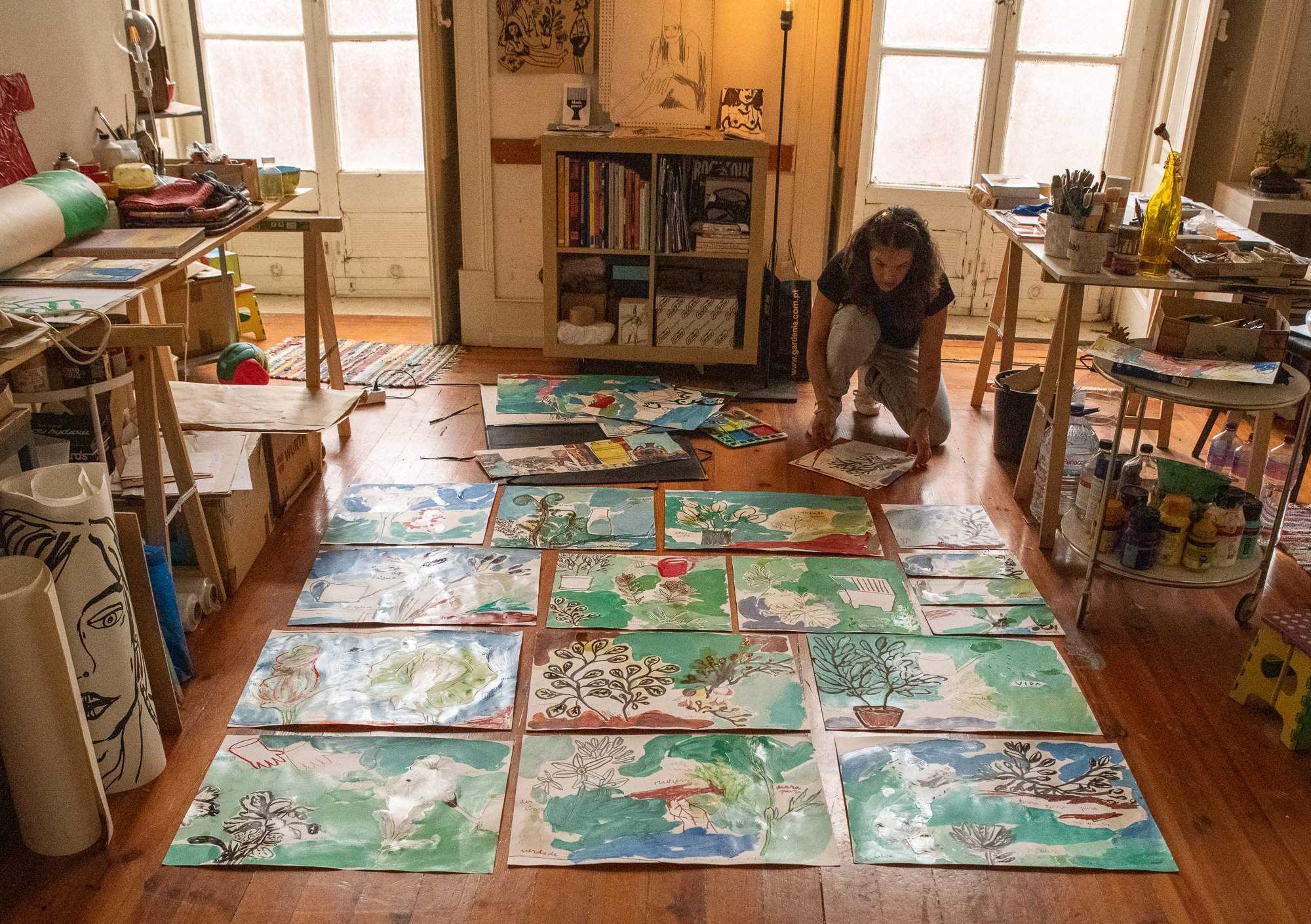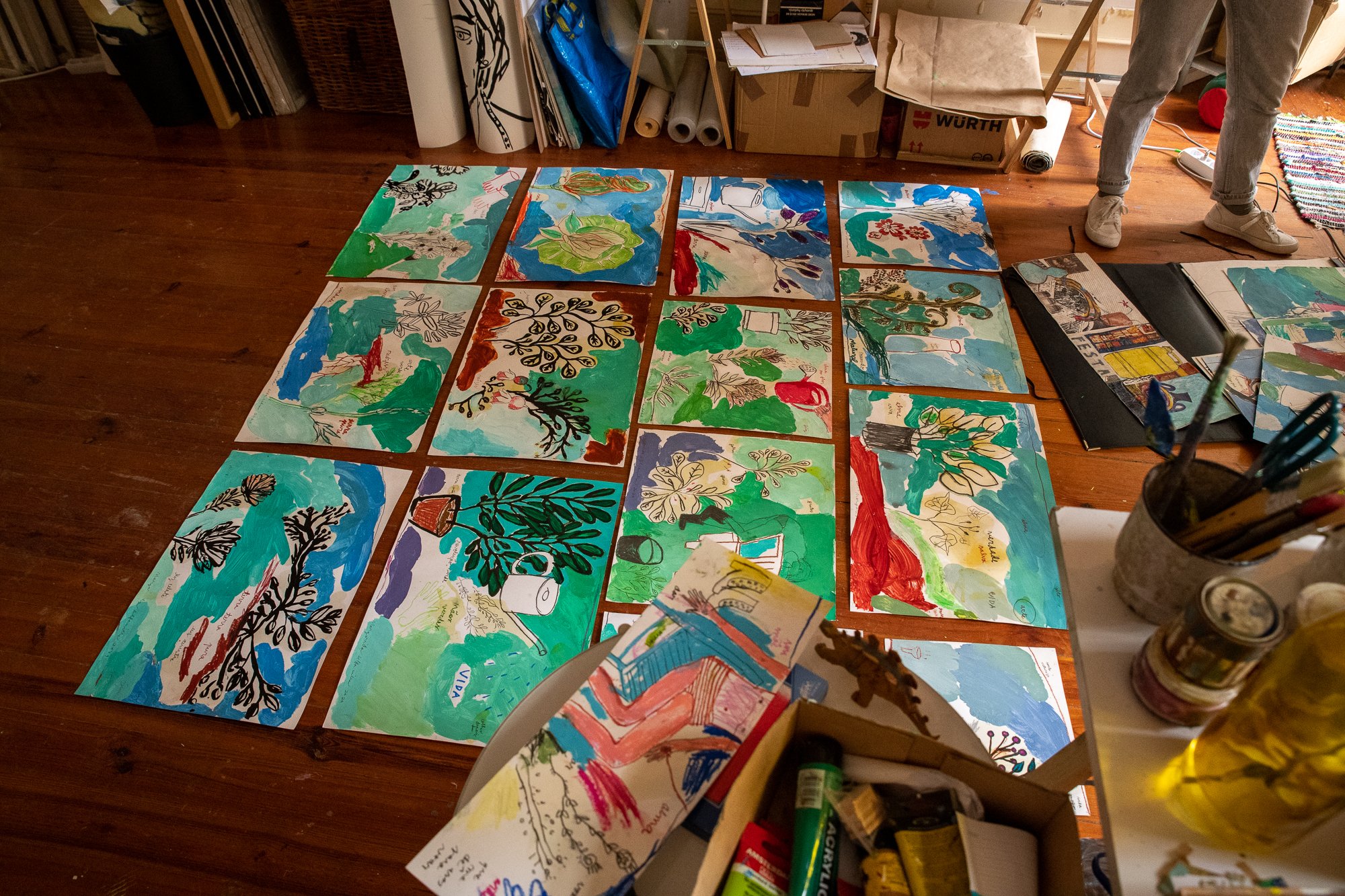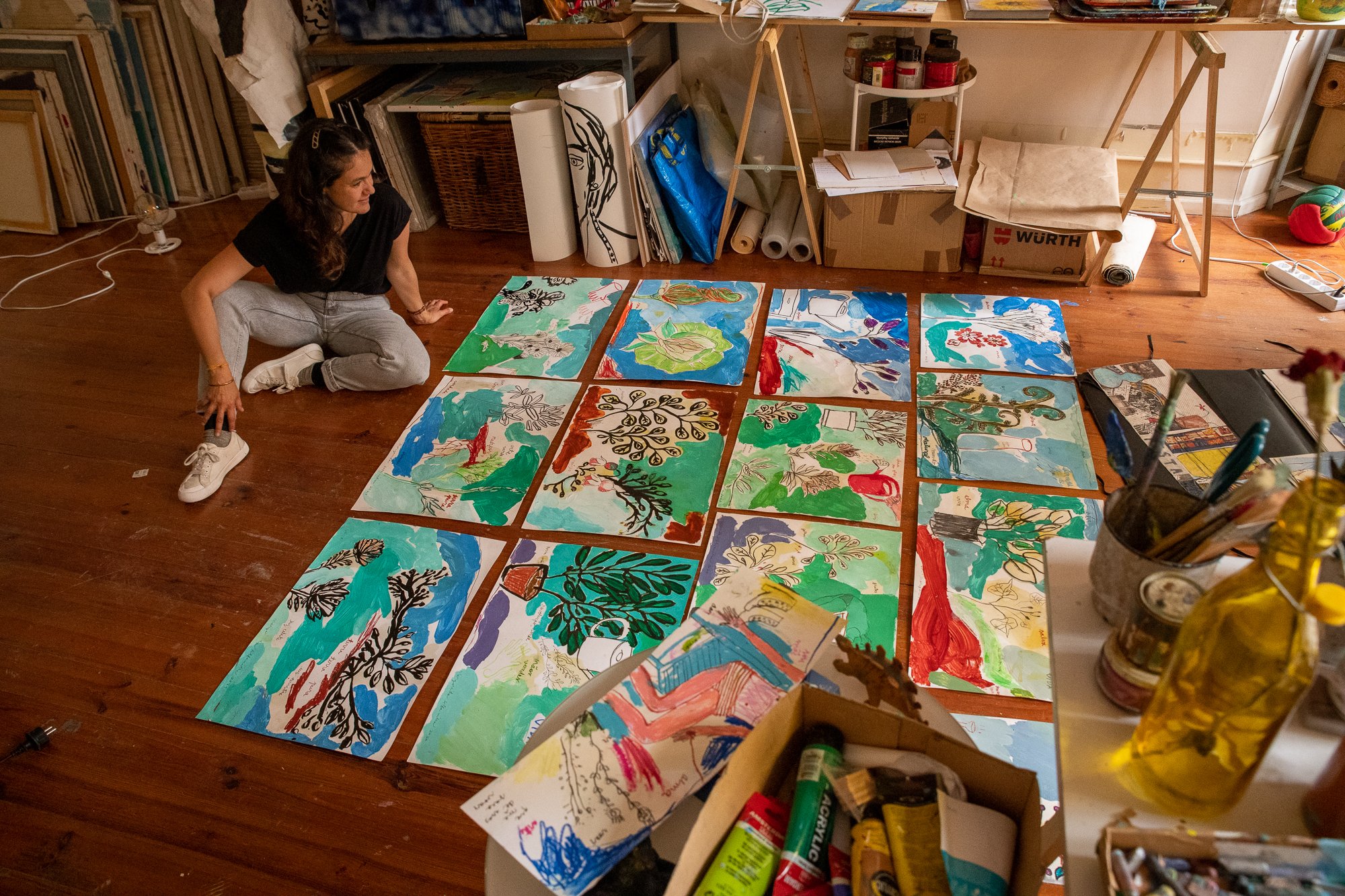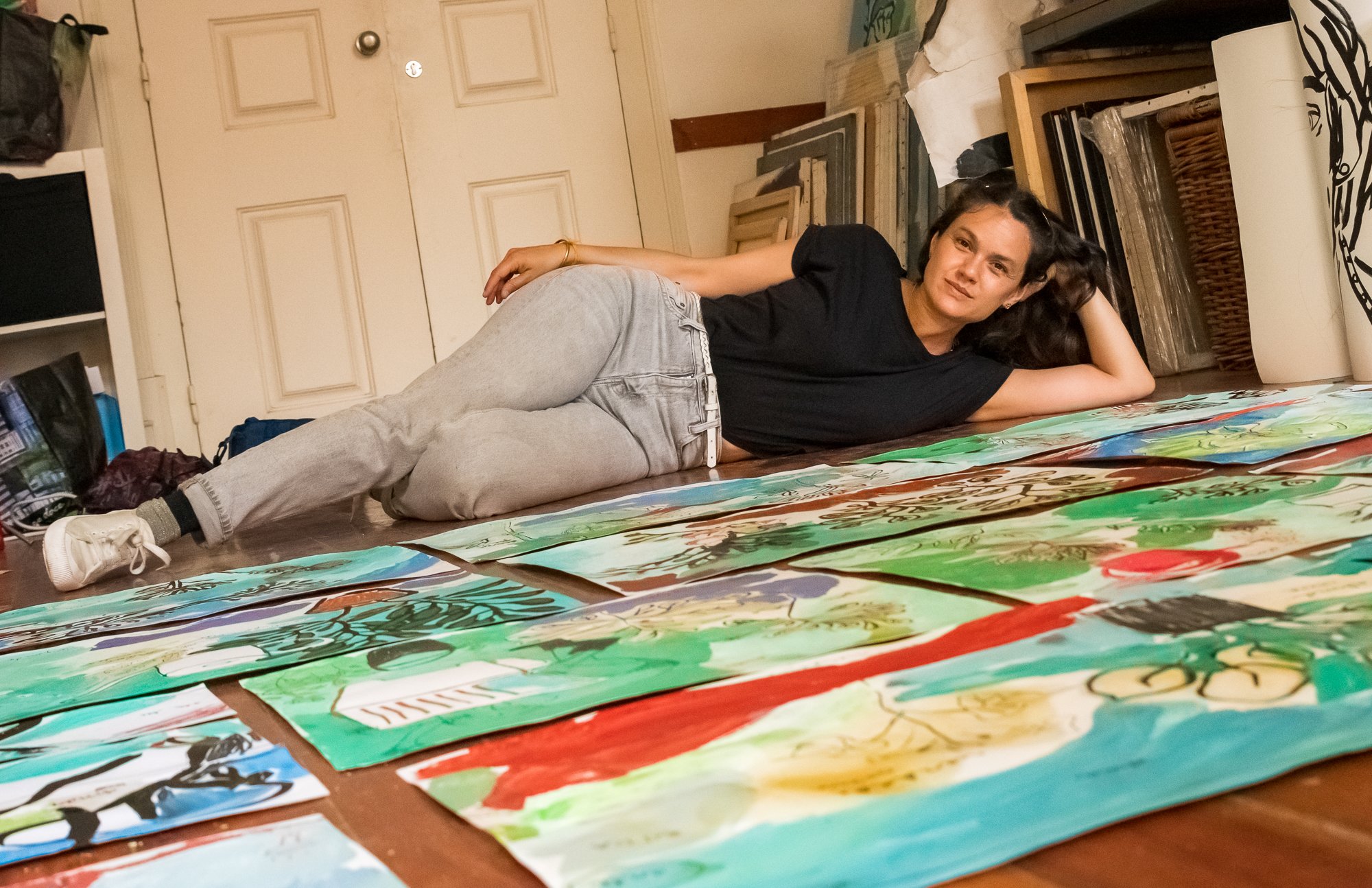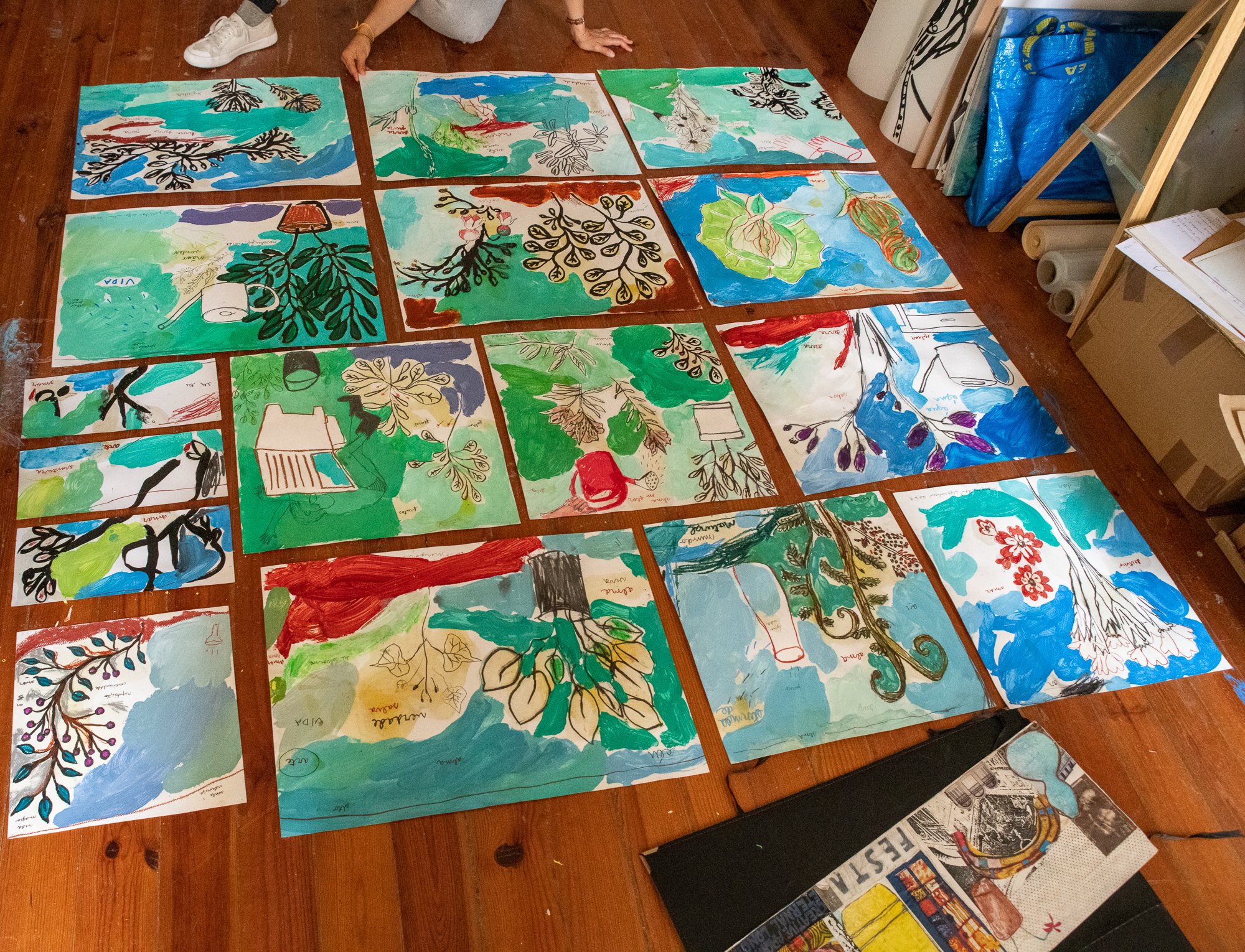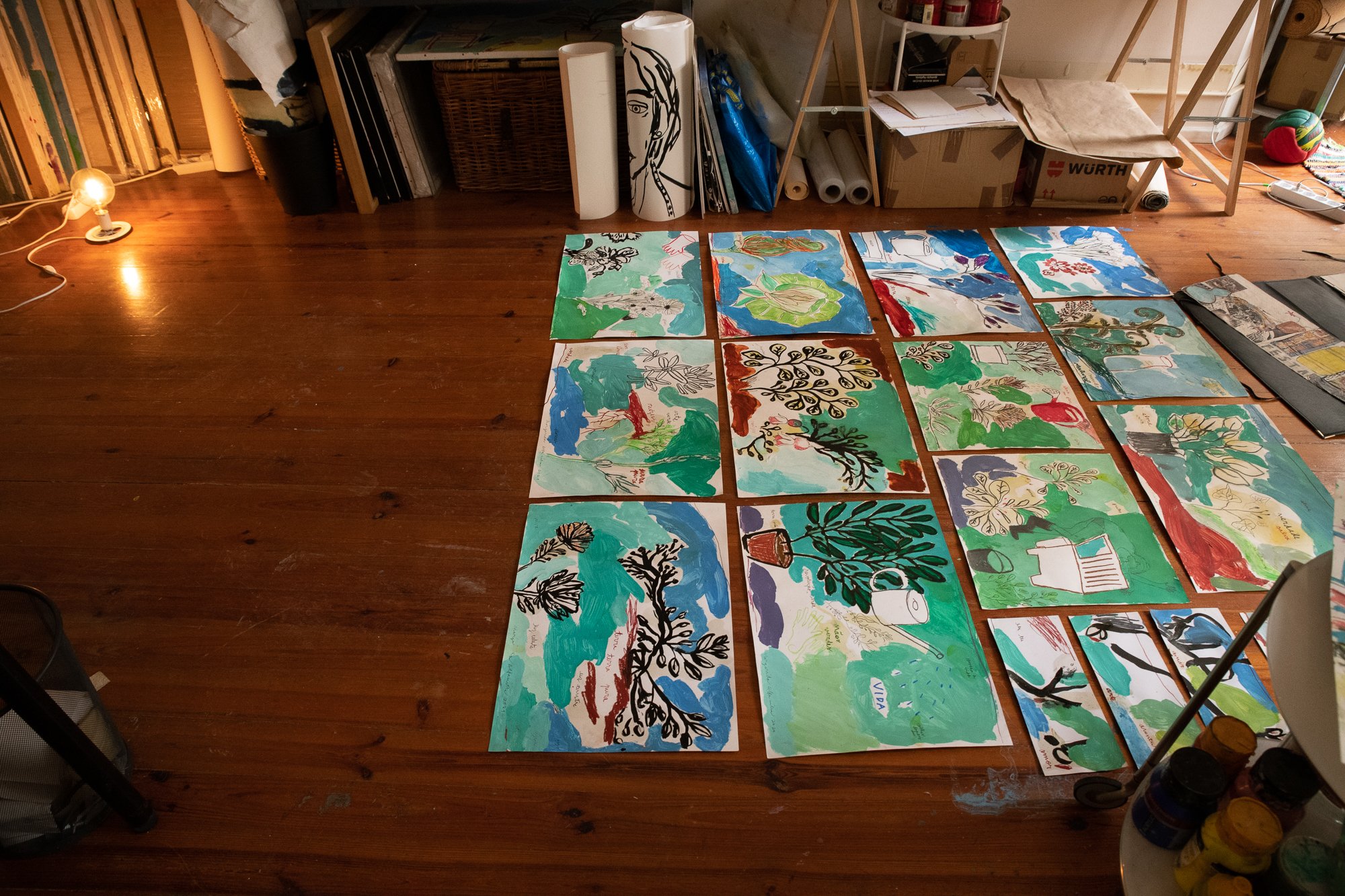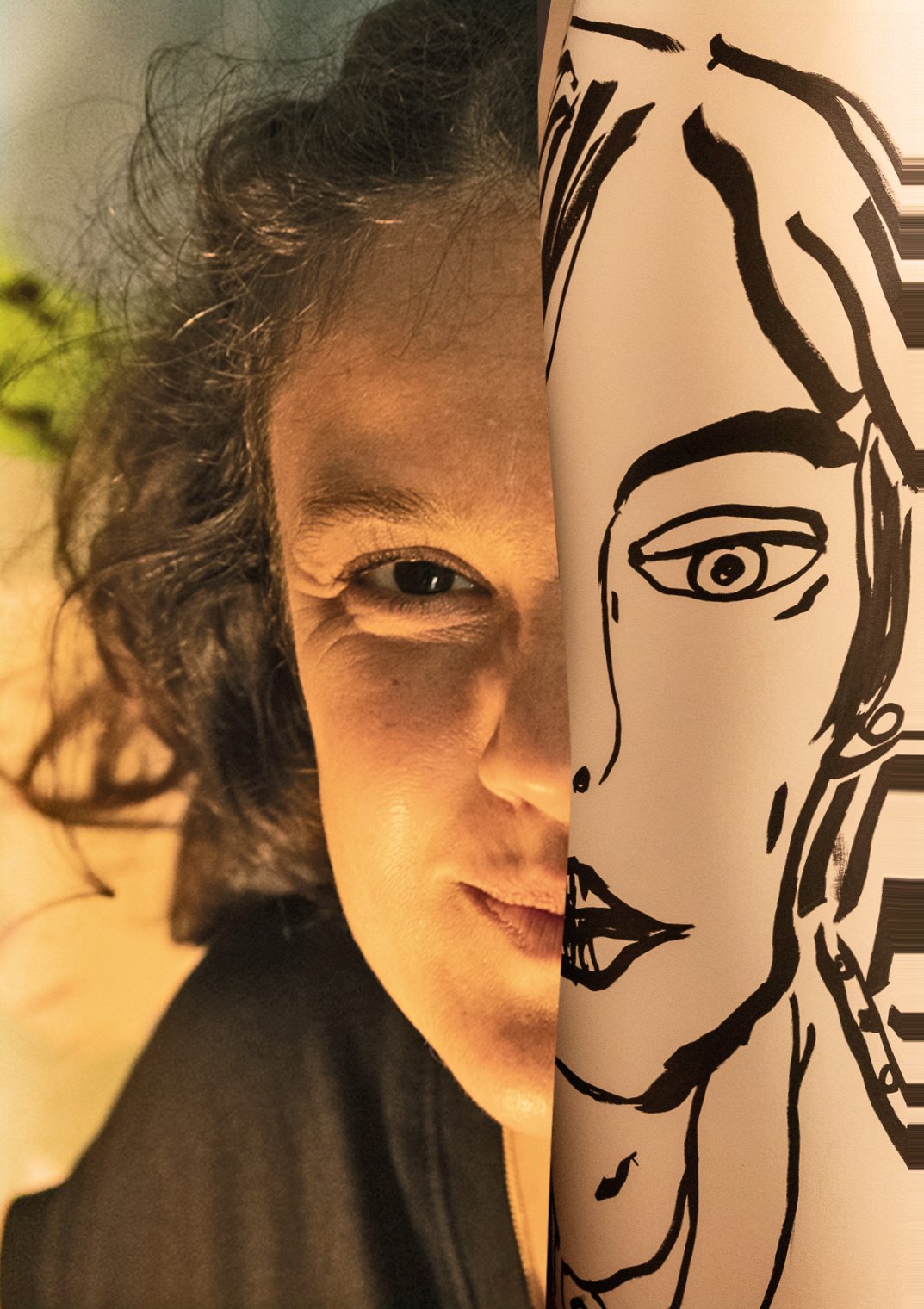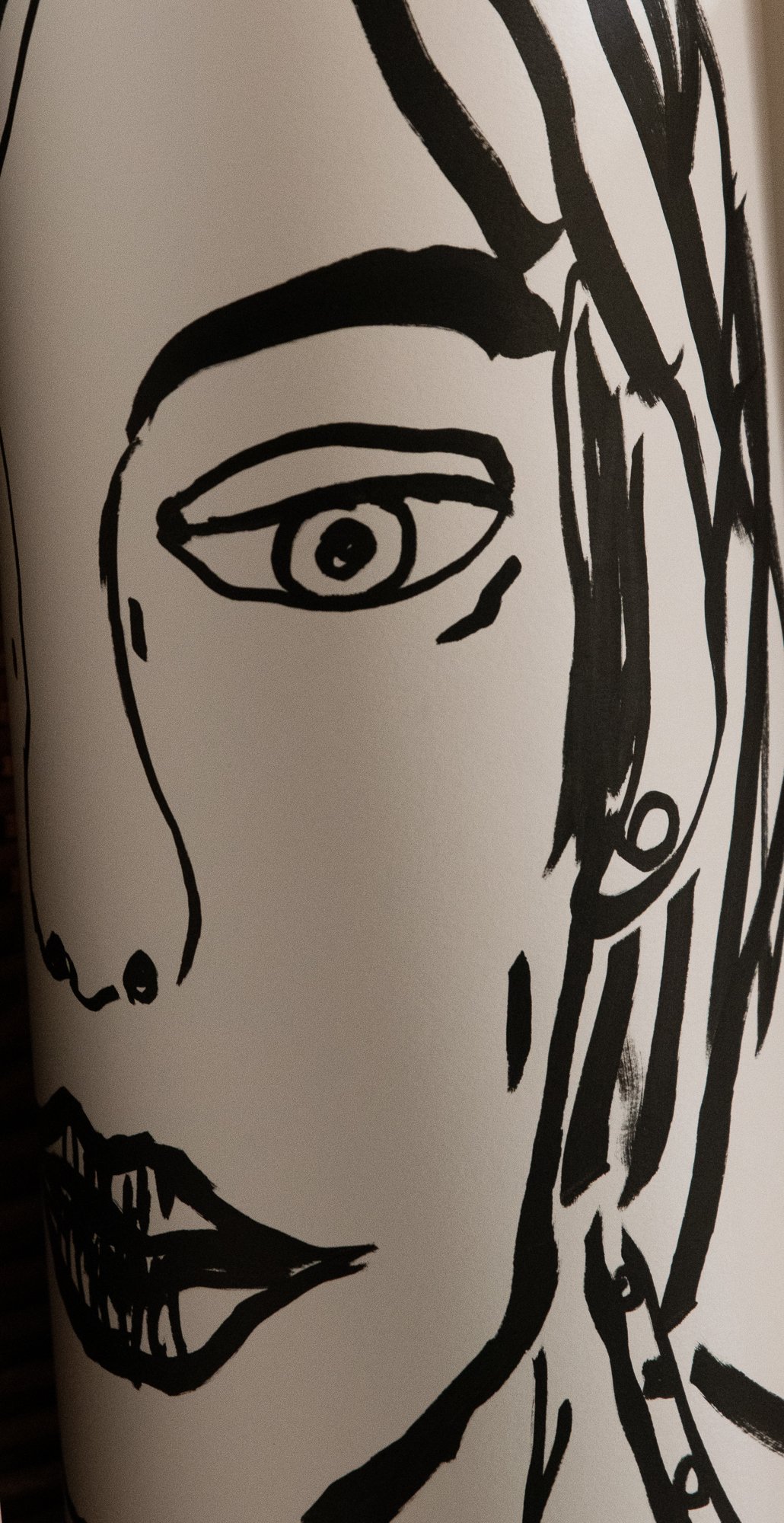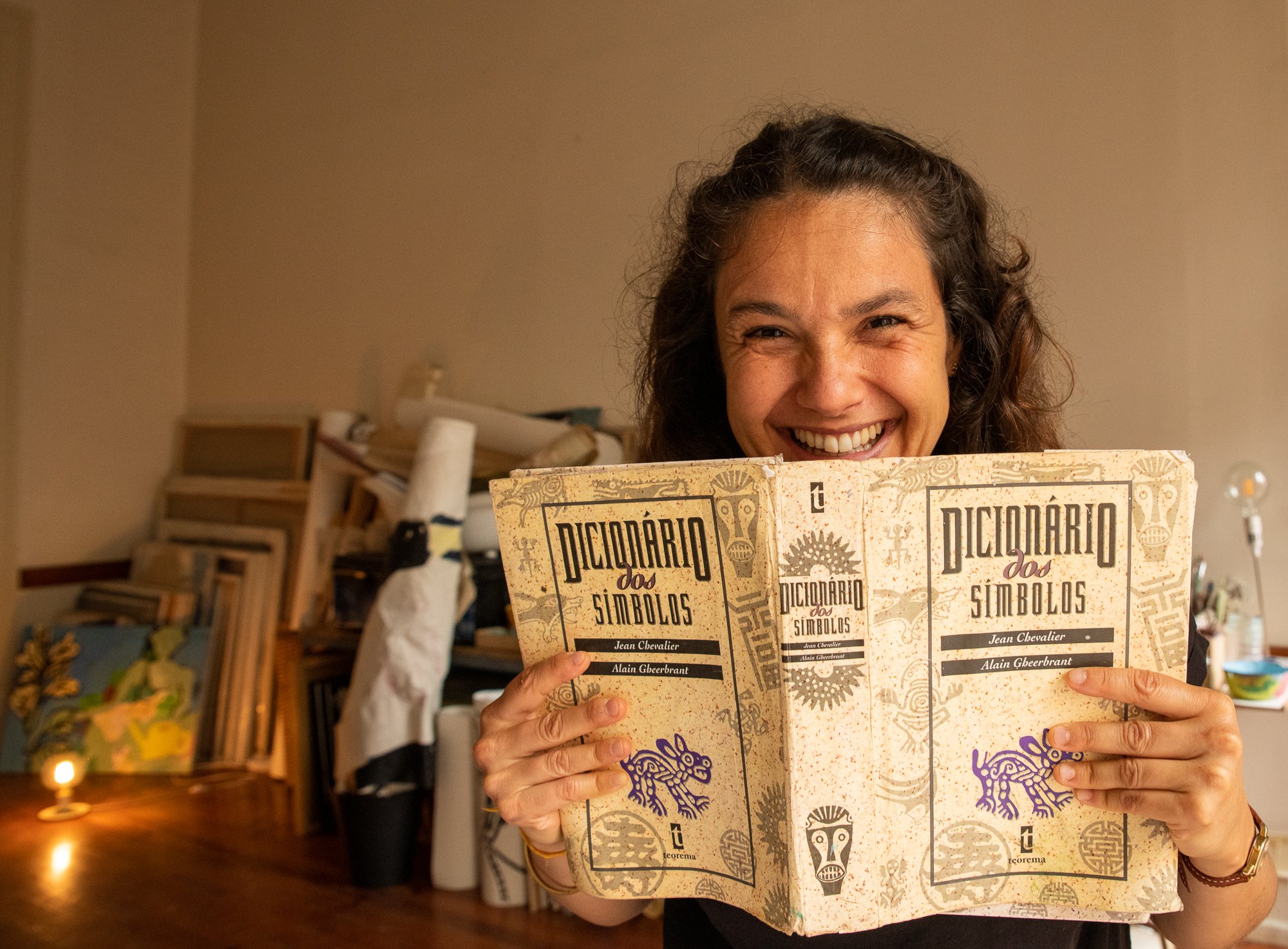The Concept of Vivid Splendor: the art of Margarida Alfacinha
Margarida Alfacinha welcomed me into her studio at the Largo Residencia Building in Lisbon with a smile and a sweep of the arm. Light poured into her atelier from the open French doors. The high ceilings, whitewashed walls, and hardwood floors resonated with 19th century character and warmth.
Paintings overflowed from her worktables and portfolio stacks. Sketches, reference books, and paint swatches covered her desk.
An artist’s oasis.
Margarida’s art is Expressionist. Born in Lisbon and the daughter of a writer and a painter, she wanted to make her own way into the art world and chose the last name – Alfacinha, which means “little lettuce.” This is also the nickname of Lisbon natives, although there is no right answer as to its origins. When I asked Margarida, she replied, “There are different stories. But we are a little fresh here in Lisbon.”
She describes her art as spontaneous, expressive, feminine, spiritualized – all action with little intellectual intervention. However, her process is highly intellectualized. She studies historical texts, pours over source material and reference books. Once she’s devoured these definitions, accounts, dialogues, entries and every cell in her body is sated with information, she begins. Each brushstroke and textured imagery is a fierce reimagining.
Nothing is planned. Her intuitive sense of space and color are the only guides she needs.
At the close of 2020, she finished a deep study titled, Verde (Green). The works were inspired by the first months of Covid 19 confinement within the close quarters of central Lisbon. Margarida described having a “savage” need to immerse herself in nature. Her humanity demanded it. “We have a word for this intense need to be in nature – apelo.” The direct translation into English is the word “plea,” but when Margarida said apelo, she meant that she had a deep instinctual need –a spiritual calling to be in Nature.
In preparation for her Verde paintings, she studied the symbolic, historical, religious, and cultural references of green and what these definitions meant in nature versus society. “Freedom in nature is what the world needs,” she said to me as she spread out her bold paintings that resembled a patchwork garden paradise. Her influences of Paula Rego and Yves Klein evident with her use of bold lines and bright colors but still maintaining a complexity of emotion and delicacy.
Margarida is currently immersed in studying for her next project - Skin. “In a world of extremes, deadly racism, so much is lost in the concrete thinking of black and white,” she explained.
“There are many tones, shades, gradients of colors, that we are missing. The complexities, the nuances of different perspective are being lost. The polarity of light and dark – are really archetypes of the human condition. They do not equal good or bad.
“We need balance and to achieve this we need to be knowledgeable about our world. Racism and sexism are the same problem – and we need to move to another level of understanding with each other. We need to find a new perspective on race and culture and gender.”
Her new journey will take her far beyond a skin-deep color palette, and I am looking forward to seeing where her art will take us next.
To see more of her work on Instagram
